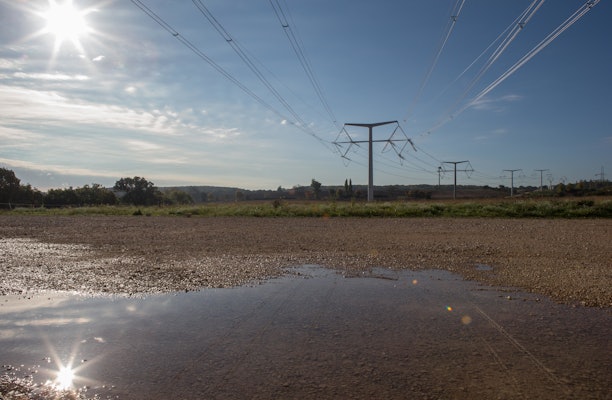UK Networks Transition Challenges - A Systems View

Liam Lidstone
Strategy Manager
For a low carbon future UK energy networks have to change
Over the coming decades the UK energy system will need to transition in order to meet challenging greenhouse gas emissions reductions targets. Population growth, changing demographics, and changing patterns of energy use will all affect how energy needs to be provided.
Equally, the availability of natural resources, the maturity of technologies, their relative costs and the various factors that influence their sustainability, will all affect the ways in which energy can be produced and supplied.
For a variety of practical and economic reasons, energy is rarely created in the location it is ultimately consumed. Networks perform the vital role of transporting energy from where it is produced to where it is required. They also perform a crucial role in helping to balance supply and demand, ensuring that energy is not only available in the right locations but also at the right time. This part of their role is likely to take on greater significance as the energy system evolves.
Currently, most of the UK’s energy is moved around the country, and sometimes beyond, by electricity and gas networks, and the liquid fuel supply system (e.g. petrol and diesel). The roles of these networks will inevitably change as the ways in which we provide and consume energy evolve and as other networks emerge, not least those carrying heat and hydrogen. It is imperative that all of these networks are fit for purpose and robust enough to respond to future uncertainties. Choices need to be made about which networks to build, develop, maintain or decommission, as well as where and when to do so. As networks can take years or even decades to build, the right decisions must be made ahead of need. Equally, once they are built networks cannot easily be moved or changed, so decisions need to be right for the long term. It is also likely that there will need to be significantly more interaction between different parts of the energy system in the future, and therefore, by implication, there will need to be more interaction between the respective networks. Consequently, decisions about the future of networks should also consider how other energy networks are likely to evolve.
All of the above is in the context of significant uncertainty; any future network investments therefore need to be robust in the face of a range of possible transition pathway outcomes. In this insight report we set out some of the key issues faced over the coming decades in pursuing different choices in relation to energy networks. We have focused on electricity, gas, heat and hydrogen networks, which we believe have vital roles to play over the period out to 2050. Our analysis also highlights the importance of CO2 networks and transport fuel over that period.

Liam Lidstone
Strategy Manager
Liam Lidstone joined the ETI in 2009 and has worked as Strategy Manager across the Smart Systems and Heat, Buildings, Distributed Energy and Marine programmes. He now has responsibility for Energy Storage and Distribution and Light Vehicle Integration.
